Continuing our Training the Apprentice series, the PTR Pro team wanted to talk about how to use a drill and impact driver combo to save time and work more efficiently. As one of the most popular cordless combo kits out there, it’s more than just putting two (relatively) inexpensive power tools together. It’s about putting two cordless tools together that often work in tandem. We’ll take a brief look at both tools, then show you how they can work together to save you time.
Table of Contents
How to Use a Drill…as a Drill
Drills are ideal for, well, drilling. They’re often called drill drivers in manufacturing circles because they can also drive fasteners. Because the torque they produce is steady, they’re capable of very smooth operation. That’s important when you need clean results, especially in fine woodworking. But it’s also the go-to method for using the best drill bits for metal to make clean holes.
Fastening, or screw driving, is simple enough. Clamp a bit down in the chuck and drive to your heart’s content. You can control the depth of drive with the clutch, just be sure to put the drill in fastening mode and not drilling mode.
Drills are capable of doing the drilling and fastening job on their own. But this article deals with how to use a drill and impact driver combo. If you have both, let the drill handle the drilling, and let the impact driver do your fastening. More than likely, you’ll be doing both at nearly the same time.
Using an Impact Driver for Driving Fasteners
Impact drivers use a rotational hammer and anvil mechanism to deliver much more torque than you find in a drill. Even so, this type of tool also all but eliminates the torque to your wrist. Each time the hammer strikes the anvil, it turns the chuck without twisting the tool (and your hand) in the opposite direction.
Most impact drivers have two anvils, but we see an impressive performance boost from Hitachi’s Triple Hammer model that introduces a third. The speed of rotation and impact rate make driving screws much faster with an impact driver than a drill.
Impact drivers see a tradeoff in the form of accuracy, however. You lose the control a clutch provides and have to rely on one to three gear settings. If, however, you happen to have smart tools like those using Milwaukee ONE-KEY technology, then you can dial in the speed and torque however you want.
Impact Drivers with Torque Control Modes
As another example, Makita includes an A-Mode and T-Mode in products like the XDT12M impact driver to help with control in metal and wood applications on some of their impact drivers. Because most impact drivers lack precision due to the anvil mechanism, fine woodworkers and carpenters tend to stick to a drill to achieve truly consistent results. If you need to use an impact driver for finer work, use a slower speed or mode to quickly stop the screw once it’s flush.
How to Use a Drill and Impact Driver Combo
So here’s the deal—when you use a drill for both drilling and driving, you have to stop and switch bits. Plus driving with the drill more easily damages screws due to cam-out.
To use a drill and impact driver combo, simply set the drill bit you’ll use in the drill and the correct driver bit for your screws in your impact driver. Rather than changing bits, you just set one tool down and grab the other.
Pro Tip: If you work above ground at all, be sure to install the belt clips. When you’re at height, you’ll simply clip one tool to your belt while using the other. You’ll get used to which side you like each tool on and be able to reach for the correct one without looking quickly.
You don’t always need to drill a pilot hole before driving a bit. You typically only do that when the wood is in danger of splitting. In many cases, you can just use your impact driver to set your screw.
However, with lag screws in wood and nearly always in masonry and metal (unless you can use a self-tapping screw), you’ll need both tools to get the job done as efficiently as possible. Not having to swap out bits when using a single tool can save you lots of time.
Related Content
- Best Cordless Drill Under $150
- Best Drill/Impact Driver Combo Kit
- Hammer Drill vs Impact Driver
- Best 18V Impact Driver Review
- Best Cordless Drill Review
Have any tips of your own to teach an apprentice how to use a drill and impact driver combo that goes beyond the basics? Share them in the comments below or hit us up on Facebook, Instagram, or Twitter!

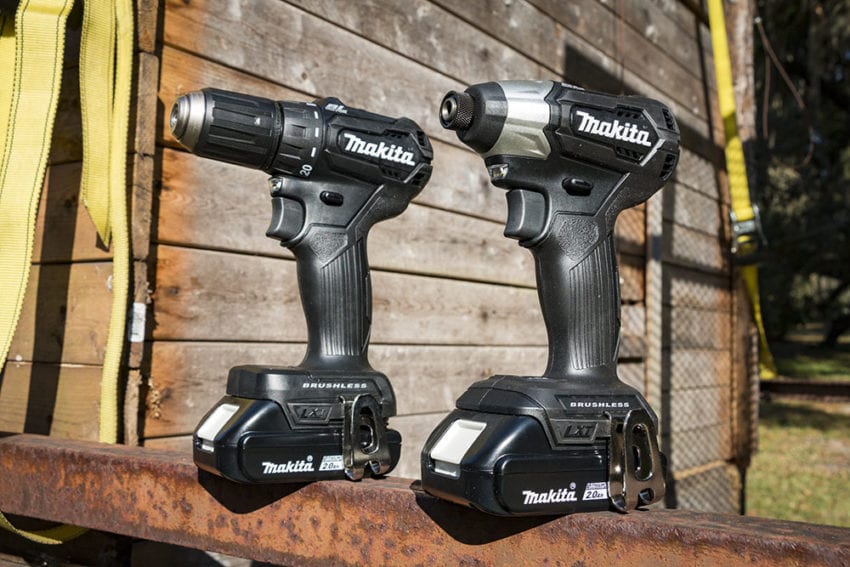
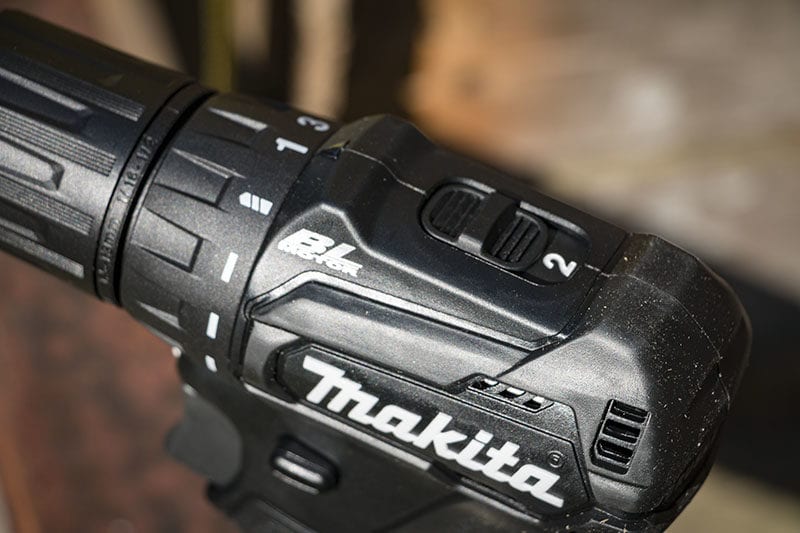
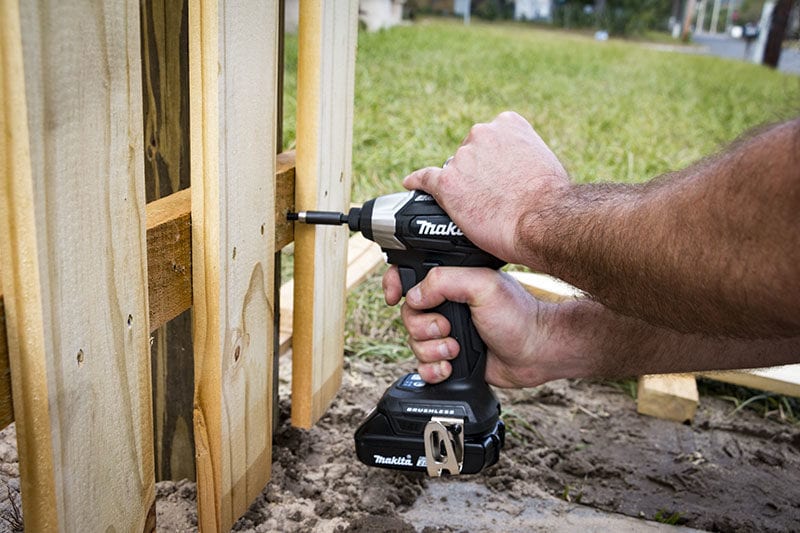
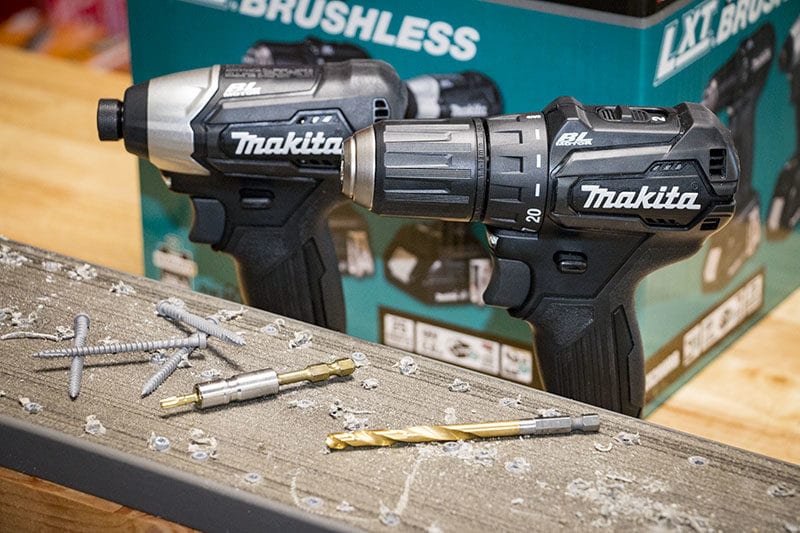
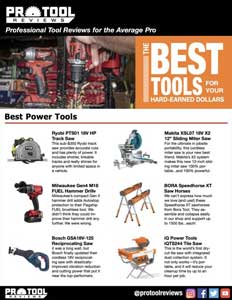

Here is a tip from the first photo in your article- don’t install you belt clips this way. Don’t put your belt clips for your drill and your impact driver on the same side. Put one on the left side and one on the right side that the same tool is ALWAYS on hanging off your right side of your body and the other tool is ALWAYS hanging off you left side. When you start to work efficently, you know where all your tools are in your tool belt without looking because everything is always kept in the same spot… Read more »
use a drill with fasteners if you don’t like ur wrist.
i put in a 5mmx100mm screw with a drill once. and it torqued my wrist pritty badly. only use my impact for big screws now and anything under 4×45 gets done with my m12cd
I just want to know where to get the all black set
Essa é show
Cuanto cuesta la pila taladro?